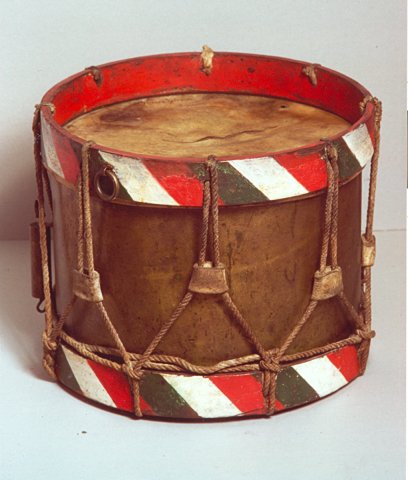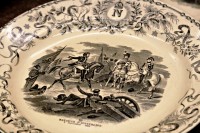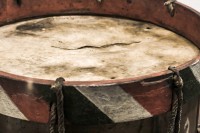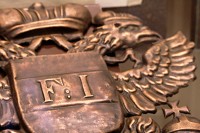From the fall of the Venetian Republic to the Kingdom of Lombardy-Venetia
The documents exhibited in the room illustrate the fundamental steps of this period of great changes.
The last proclamations of the Doge of the Most Serene Republic, the ban with the abolitions of noble titles, the original blade of the guillotine, the artefacts of the Napoleonic cult, are interesting witnesses of this era.
This first subjection of Vicenza to Austria only lasted a few years because with the Peace of Pressburg in 1805 all Veneto was annexed by the Kingdom of Italy, that had the same administrative system as the French Empire. Consequently, Veneto was divided into departments that took their names from rivers, governed by a prefect nominated by the Crown. Vicenza became the capital of the Bacchiglione department. The legislation was also French, summed up in the Napoleonic Code, more in line with the requirements of the changed times.
The Kingdom of Italy collapsed in the Spring of 1814 when Napoleon’s fortunes changed for the worse. Towards the end of 1813, after Napoleon’s defeat at Leipzig, the Austrian army advanced into Veneto which passed under the control of the Austrian military authorities.
This was the end of the Napoleonic regime in Italy, but even if reduced to ruins its mark remained with the transformations and civil and social innovations that came with it. After the fall of Napoleon, the task of giving Europe a stable order was delegated to a Congress set up by the four powers (Russia, Prussia, Austria and Great Britain) that defeated Napoleonic France. The congress met in Vienna and ratified the political and territorial structure of the continent that, with some exceptions, was to last for nearly fifty years.

Image Gallery
 |
 |
 |
 |
 |
 |

